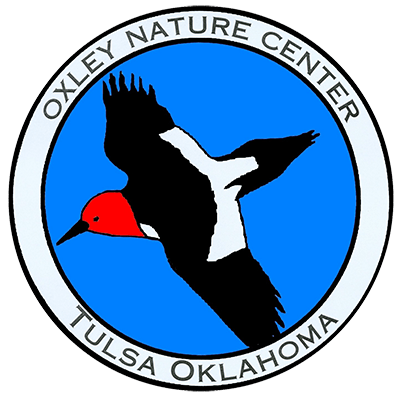Redbud Valley Ecological Preserve
Redbud Valley To Remain Closed
In 2021, the Redbud Valley Preserve suffered great ecological damage and vandalism. The ecosystem is still healing. Our new name (Redbud Valley Ecological Preserve) is a reflection of what Redbud Valley Nature Preserve historically has been and what we hope it will be again for future generations.
We know that you all love Redbud Valley! The ecosystem is still recovering at Redbud. In order to protect the land, but we hope to have occasional specialty guided tour event in 2023. Please watch the Oxley Facebook page and monthly emails for announcements.
Redbud Valley Closure Extended
Beginning Monday, August 30, 2021, the Redbud Valley Nature Preserve will be closed to the public until at least 2024. The growing popularity of the preserve throughout the pandemic has increased foot traffic, as well as instances of vandalism, damaging the environment and the ecosystem.
The Nature Conservancy gifted the Preserve to the City of Tulsa in 1990. It is managed as part of the Oxley Nature Center.
A preserve prioritizes the protection of the land and ecosystem over public access and recreational use. As part of the agreement with The Nature Conservancy, the city is required to protect the land and the wildlife who inhabit the area. Mayor G.T. Bynum approved the closure through the Spring of 2022 to give the ecosystem a chance to recover.
“It is our responsibility to be good stewards of this land entrusted to us,” said Mayor G.T. Bynum. “Not only will this closure give the preserve a chance to heal, but it will also give our staff and community partners time to assess any long-term operational changes we need to make at Redbud.”
Naturalist staff compiled an extensive list of examples of overuse and vandalism at Redbud. Those instances include:
- Removing, collecting, and/or stacking rocks along the trail. This is destructive to both the ecosystem and exposes homes for many invertebrates that burrow under these rocks for protection and reproduction. Every time a rock is disturbed, an animal loses a potential home. Furthermore, rocks have jobs – they hold the soil in place – removing them can cause erosion.
- Visitors poaching plants along the prairie and savanna. The small, rare barrel cactus is almost extinct in the preserve due to poaching.
- Visitor’s dogs have been seen chasing the deer, rabbits, squirrels, and harassing other wildlife. Also, there is the possibility of spreading diseases to the preserve’s animals. For example, diseases like distemper can ravage a local population of raccoons.
- Visitors climbing on the rocks, disrupting the habitat, and destroying the fragile lichen and moss, and the rare walking fern growing on them.
- Off-trail hiking all along the slopes between trails destroys fragile plant life just below the surface. The erosion of these areas is significant.
- Spray painting the rocks and carving names and initials creates a ripple effect, where when two or three names are seen on a busy Saturday, that number becomes 20 and so on, if naturalists don’t remove the graffiti it becomes an onslaught.
###
About the Redbud Valley Nature Preserve
The Redbud’s ecosystem most closely resembles a Missouri glade and the Ozarks. Glades are very dry, hot, and sunny openings in the woodlands where the bedrock is close to the surface, so the soil is very shallow. It takes a tough plant to live on a glade. Plants we usually associate with deserts, like prickly pear cactus, are a prominent feature of Redbud. The glade also features a rich variety of native grasses and prairie wildflowers.
The Ozarks portion of the Nature Preserve is home to two of the rarest trees in Oklahoma and has a local population of sugar maples.
The geologic life at Redbud is millions of years old and tells the stories of the land

